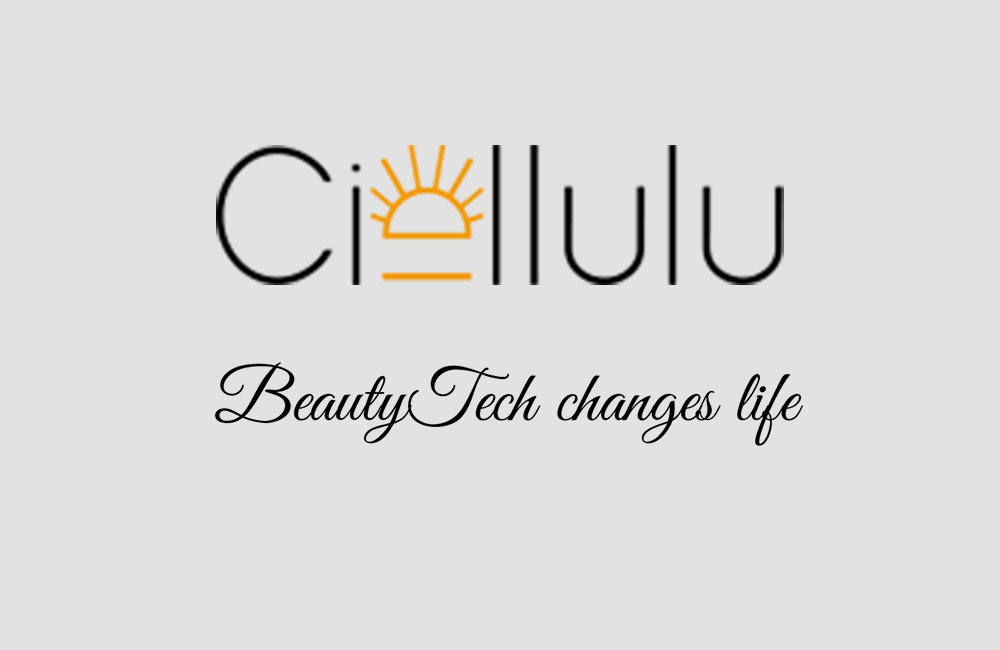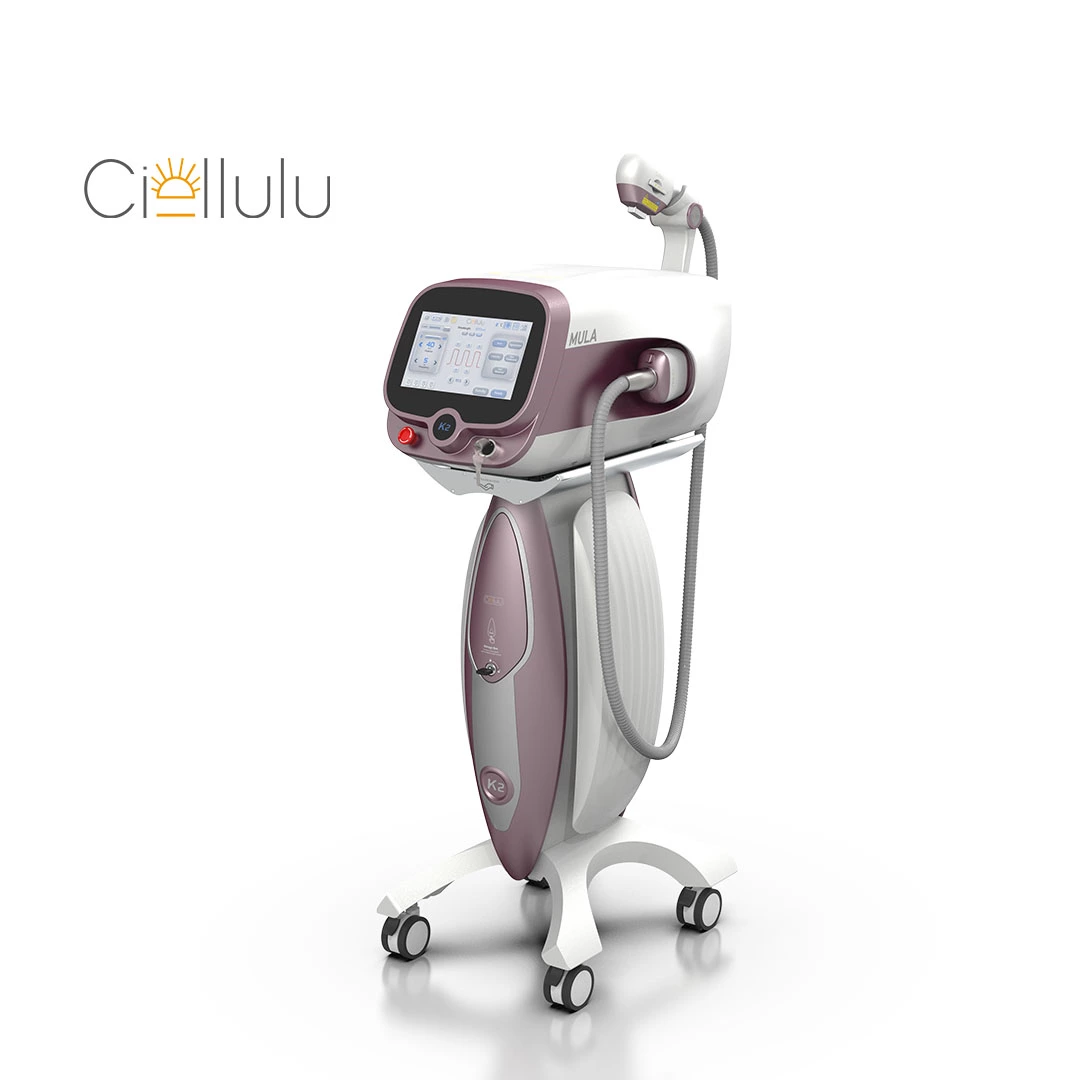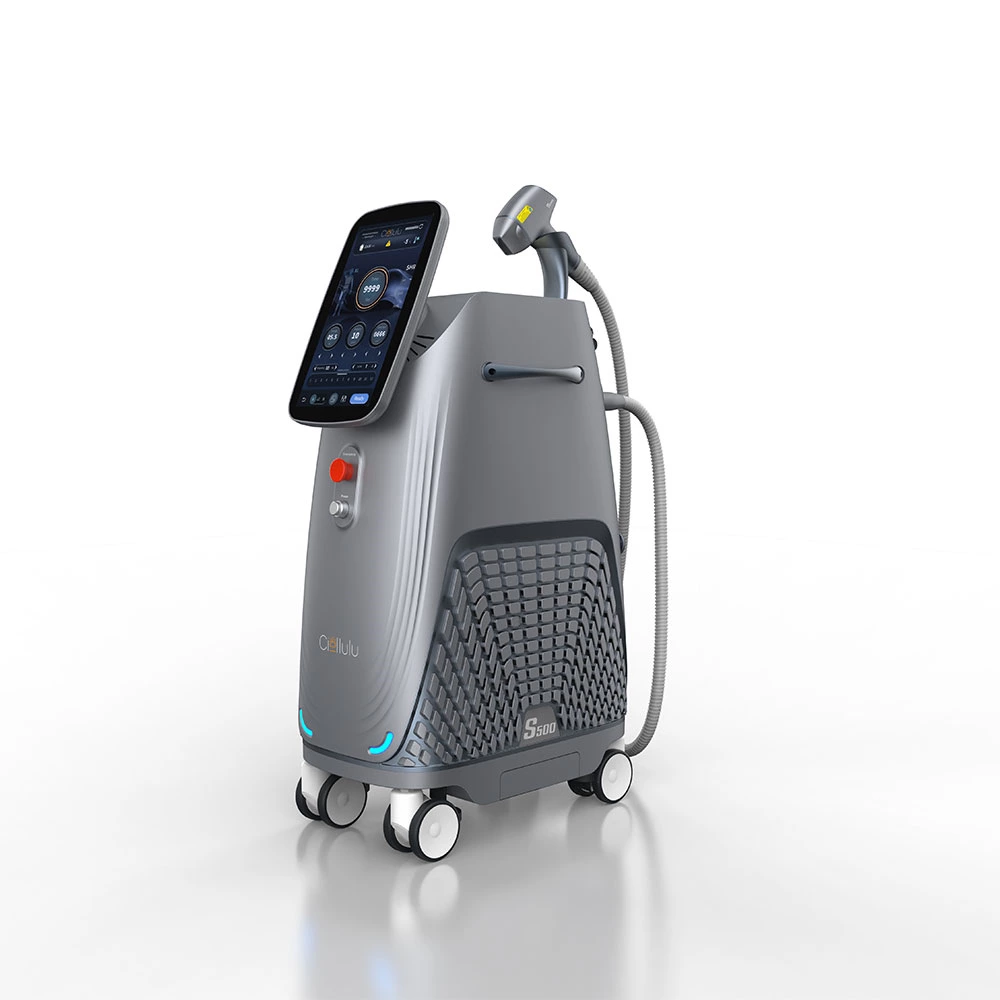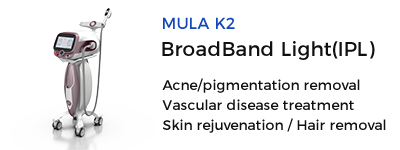Is Laser Tattoo Removal Safe: Understanding Risks

Is Laser Tattoo Removal Safe: Understanding Risks
Title: "Is Laser Tattoo Removal Safe: Understanding Rispects"
The world of body art offers a multitude of colorful designs, delicate patterns, and a diverse range of illustrations that often express a variety of messages and values. However, there may come a time when individuals desire the erasure of the inked etchings borne on their skin, leading them to seek out tattoo removal procedures. One method that stands out significantly in the modern era is Laser Tattoo Removal. But is it safe? Let's delve into the world of laser tattoo removal and understand the risks and safety factors associated with this procedure.
Essentially, laser tattoo removal involves the use of laser technology that sends intense light into the skin. The light breaks up the dye pigments in the tattoo without harming the skin around it. Although laser technology is highly sophisticated, it is important to grasp the potential risks and precautions necessary before undergoing a tattoo removal procedure.
The most significant question that arises when considering laser tattoo removal is whether or not it's safe. Initially, experiences with tattoo removal were not always positive, chalked with scarring and skin damage occurring. However, with innovative progressions in laser technology, safer and more reliable results have been achieved through a well-regulated process and improved techniques.
However, some risks are inherently associated with this procedure. High on the list is the possibility of infections. Precisely like after getting a tattoo, the skin is vulnerable and susceptible to infections if not well taken care of post-removal.
Additionally, complete tattoo removal isn't always guaranteed due to the various types of ink used in tattoos. Some colors, including bright blues, blacks, and greens, are harder to remove and may leave behind faint traces. In most cases, multiple sessions are needed to achieve a significant lightening or full clearance.
Hyperpigmentation and Hypopigmentation are other possible side effects. Hyperpigmentation refers to the darkening of the skin that can occur following a laser treatment, whereas hypopigmentation denotes the skin lightening in the treated area.
Despite these risks, steps can be taken to minimize them. For instance, seeking services from certified professionals with extensive knowledge in the field is critical to ensure safe tattoo removal. In depth research helps to compare practitioners based on their experience, certifications, and past patient reviews. Visit http://ciellulu.net/ to find a wealth of information on what to expect from the tattoo removal procedure.
Moreover, adhering strictly to aftercare measures outlined by your practitioner helps to keep risks at bay. Home care procedures may include antibiotic ointments, regular cleansing of the treated area, and protection from sun exposure. More detailed information regarding post-treatment care is provided at https://www.ciellulu.net/tattoo-removal.
In conclusion, laser tattoo removal is largely considered safe with the advent of modern technology, yet it isn't free from potential risks. Thorough research and consultation with professional practitioners are essential to mitigate these risks and ensure a successful and safer tattoo removal experience.




 Ciellulu Laser - Facial Machine Supplier
Ciellulu Laser - Facial Machine Supplier

